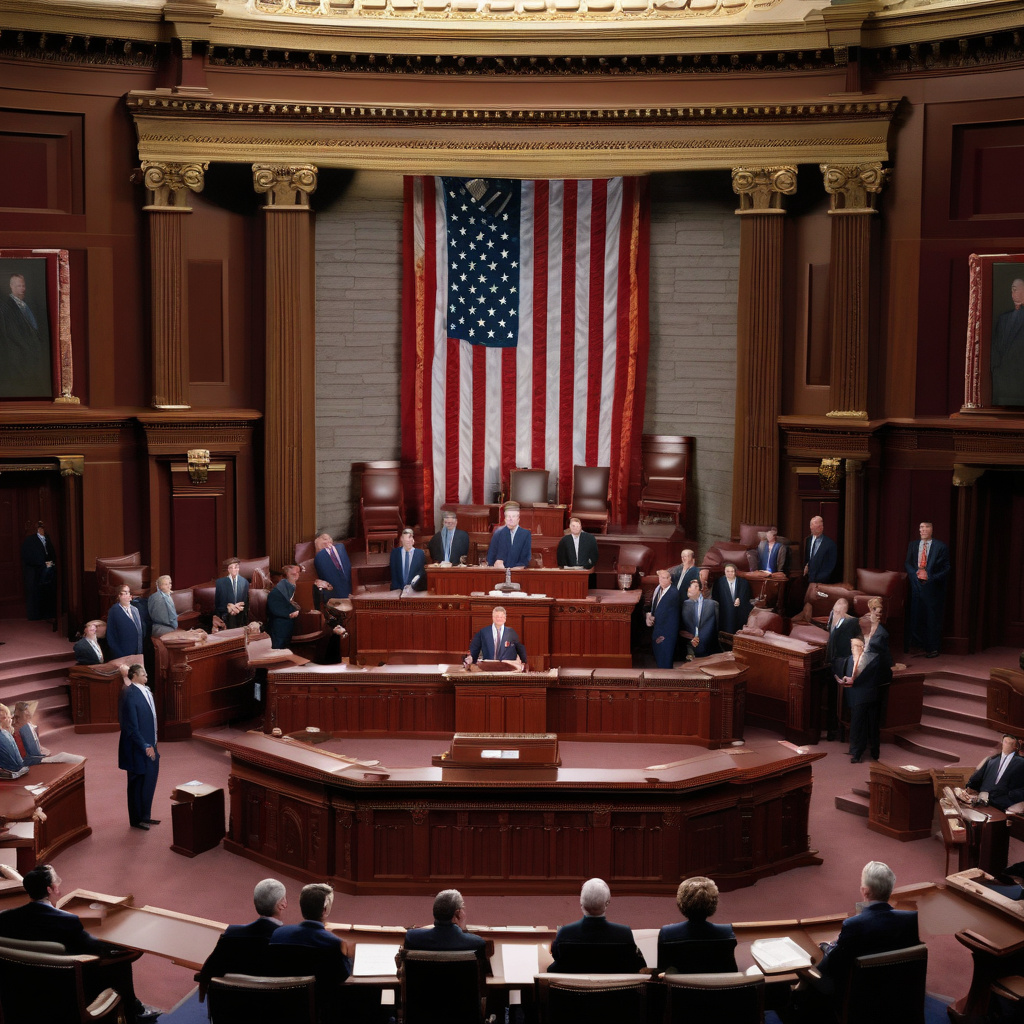In a recent development that could have significant implications for the regulation of Artificial Intelligence (AI), a Republican-led initiative aimed at halting states from implementing their own AI regulations has made notable progress. This move signals a shift in the landscape of AI governance, sparking debates about the role of federal versus state oversight in this rapidly evolving technological domain.
The Senate’s action to pass this procedural hurdle underscores the growing importance of establishing a cohesive regulatory framework for AI technologies. By centralizing the authority to regulate AI at the federal level, proponents argue that consistency and clarity can be achieved across different states, fostering innovation and preventing a patchwork of conflicting regulations that could stifle progress in this critical sector.
At the same time, critics of this moratorium express concerns about the potential limitations it may impose on states’ ability to address unique AI challenges within their jurisdictions. States have historically played a prominent role in shaping regulations that cater to local needs and priorities, and relinquishing this authority to the federal government could overlook the intricacies of AI deployment at a more granular level.
For IT and technology professionals closely following these developments, the implications of this moratorium are multifaceted. On one hand, a uniform set of federal regulations could streamline compliance efforts for businesses operating across state borders, reducing complexity and facilitating a more cohesive approach to AI governance. This could potentially create a more predictable environment for AI development and deployment, benefiting tech companies seeking clarity and consistency in regulatory requirements.
On the other hand, the absence of state-level regulations could limit the flexibility of organizations to adapt to specific regional nuances or address emerging AI challenges that may be unique to certain states. The diversity of regulatory approaches at the state level has often been viewed as a strength, allowing for experimentation, innovation, and tailored solutions to local AI-related issues.
As the debate unfolds in the Senate and beyond, IT professionals are encouraged to stay informed about the evolving regulatory landscape surrounding AI. While the prospect of a federal moratorium on state AI regulations introduces a level of standardization and simplicity, it is essential to consider the potential trade-offs in terms of regulatory flexibility, responsiveness to local needs, and the overall impact on innovation in the AI sector.
In conclusion, the recent advancement of the moratorium on state AI regulation in the Senate marks a pivotal moment in the ongoing dialogue surrounding AI governance. Balancing the need for consistency and coherence in AI regulations with the benefits of state-level autonomy and innovation is a complex challenge that requires careful consideration and stakeholder engagement. As IT professionals navigate this evolving regulatory environment, staying attuned to the nuances of this debate will be crucial in shaping the future of AI development and deployment in the United States.

